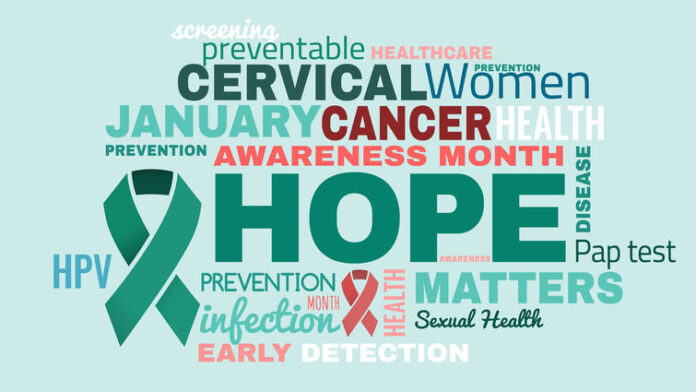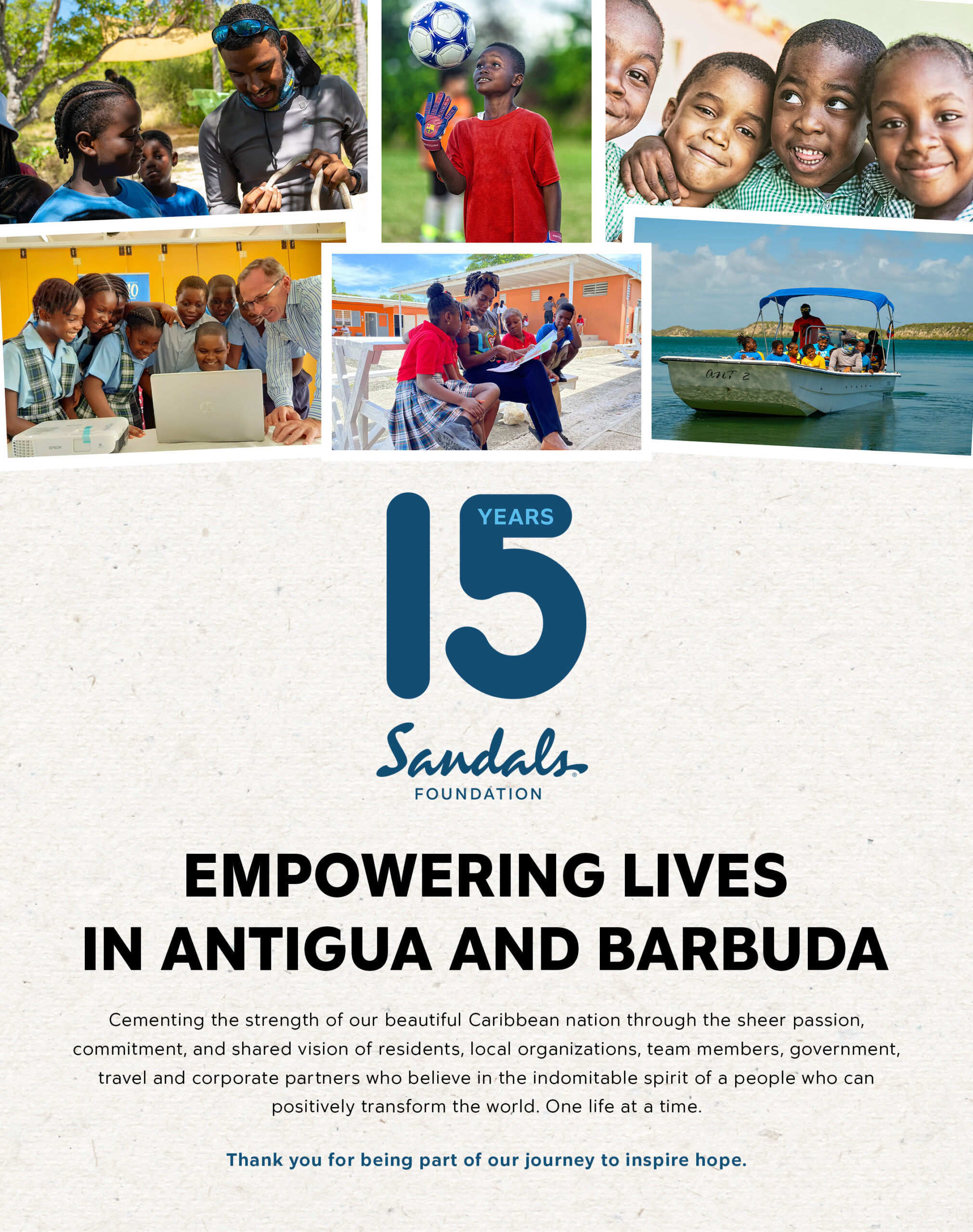
In recent years, our nation has seen a surge in cancer cases with the most common being breast cancer. Once a person is diagnosed with breast cancer, organisations such as Breast Friends do offer assistance by way of information and moral support but they cannot do it alone.
There is plenty of room for improvement, as too little is done by way of educating the populace and too little is said regarding the effects cancer has on families and the working class. We are losing too many persons during their most productive years; as younger and younger persons are being diagnosed with some type of cancer.
The month of January is set aside for the observance of cervical cancer yet, there was no educational awareness campaign. In an age where so many unwholesome things can be seen and heard on social media, there should have been a blast of information on the social media platforms, even though the month passed without fanfare.
We may never be able to stop the spread of cancer or save all lives; but through continuous education and information sharing, more people may be persuaded to adopt better health practices that can significantly reduce their risk of some cancers.
Cervical cancer is a nightmare for many women and is relatively common, but with early detection and treatment, it is curable. Women of all ages need to be thoroughly educated regarding the type of preventative measures as well as the risk factors associated with cervical cancer.
Cervical cancer or cancer of the cervix – is a type of cancer that occurs in the lower part of the uterus that connects to the vagina. This occurs when healthy cells in the cervix develop changes (mutations) in their DNA. A cell’s DNA contains the instructions that tell it what to do.
In the natural history of healthy cells, they multiply eventually dying at a fixed .me. In HPV infected cells, mutations cause cells to grow and multiply out of control and also prevent cells from dying. The accumulating abnormal cells then form a mass (tumour) and the cancer cells invade nearby issues, then break off spreading to other areas of the body; this process is called metastasis.
There are several types of cervical cancers; the stage of cancer determines your prognosis and treatment. The main types of cervical cancers are squamous cell carcinoma, (most cervical cancers are squamous) and adenocarcinoma.

From July 2018- June 2019, the Ministry of Health, Wellness and the Environment embarked on major public educational campaigns regarding the Human Papilloma Virus (HPV) vaccine. The HPV vaccines are currently available throughout the island at all clinics free of charge.
During that era, approximately 4,000 vaccines were administered to persons between the ages of 9-26. Of those, only two persons had allergic reactions and both were successfully treated.
Most cervical cancers are caused by the Human Papillomaviruses (HPV). HPV is linked to vulvar, vaginal, anal, penile cancers as well as cancers of the head and neck. HPV is also responsible for causing anogenital warts. There are several types of HPV, though only a few are associated with cancer.
In a recent interaction with Consultant in the Department of Obstetrics and Gynaecology at Mount Saint John Medical Centre Dr Cherie Tulloch, the importance of HPV vaccine and pap-smear screening was highlighted.
HPV 16 and 18 are classified as the high-risk types responsible for most HPV-related cancers. The vaccine helps to prevent these diseases by helping the body to recognise the HPV virus and defend itself against infection.
Persistent HPV infection causes precancerous changes. Pap smears can detect abnormal cells as well as precancerous changes in the cervix before they become cancerous. Since its introduction 15 years ago, many studies have been done demonstrating the effectiveness of HPV vaccines.

Some of the larger studies revealed the high efficacy of vaccination against precancerous changes in cervical cancer and other (HPV) related cancers. Countries with high vaccination coverage are already experiencing a significant reduction in HPV-related disease.
The main target groups for the vaccine are boys and girls between the ages of 9-13. The vaccine can be given up to the age of 26. Acer the age of 26, some vaccines can be given up to the age of 45 acer discussion with a physician.
Dr. Tulloch further stressed the necessity of Pap-smears and their availability at the community clinics.
A Pap smear is recommended to all women from the age of 21 years whether sexually ac.ve or not. While some women may use the lack of funds as an excuse for not taking a Pap smear, nurses at the public health clinics are trained to do the procedure.
Most importantly all Pap-smears done at public health facili.es are free of cost- in other words, you do not have to pay a cent. Women of the nation who cannot afford to pay are being admonished to take advantage of this free service.
Advertise with the mоѕt vіѕіtеd nеwѕ ѕіtе іn Antigua!
We offer fully customizable and flexible digital marketing packages.
Contact us at [email protected]


















From the outset I suspected this article was about the HPV vaccine. Have you people done a study to determine whether the HPV vaccine is being administered on a large scale in Developed countries? A lot of people in these countries are staying clear of this vaccine as they believed it causes infertility and sterility, plus other problems. You may find this is why so much is available for so-called developing countries. Stop pushing this vaccine. You seem to be coming up with all kinds of reason for vaccinating boys. Do they have a cervix? Where would these young children be getting the virus? Hope Antiguans are smart enough to avoid this vaccine. Suggest you dash it and not be part of the population control agenda.
You vaccinated 4000 individuals. Did this include your children or just poor people’s children? I am guessing that no permission was obtained from parents as It wasn’t deemed necessary. You can do a research on the women in east Africa and India who were vaccinated and now cannot have children. In east Africa, kidnapping babies has become a big business. Is someone being paid to push this vaccine? I recall that at one time this vaccine was compulsory for boys and girls in Antigua.
Comments are closed.